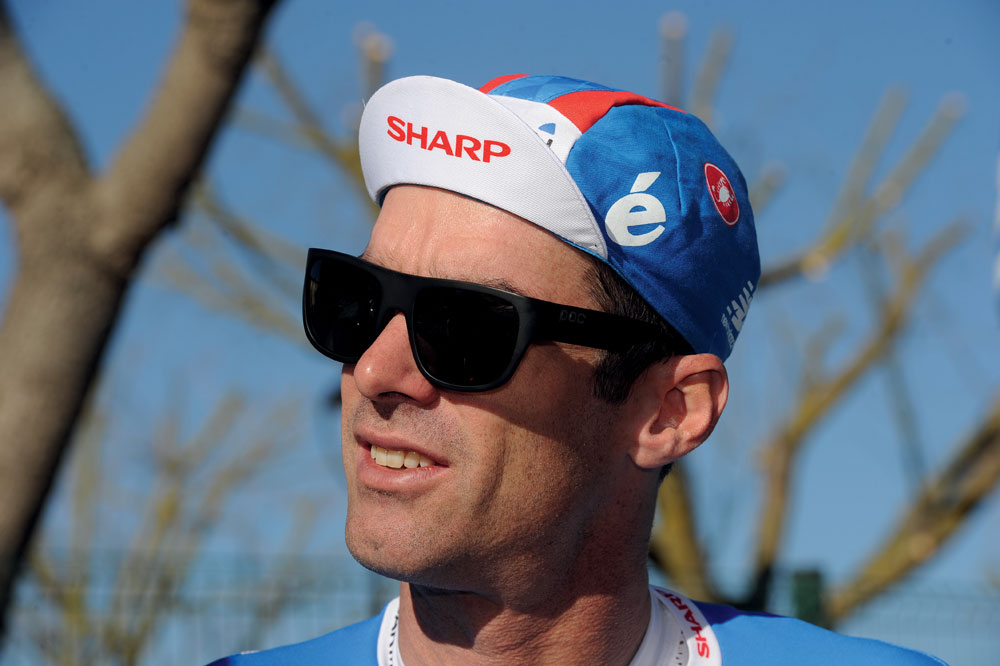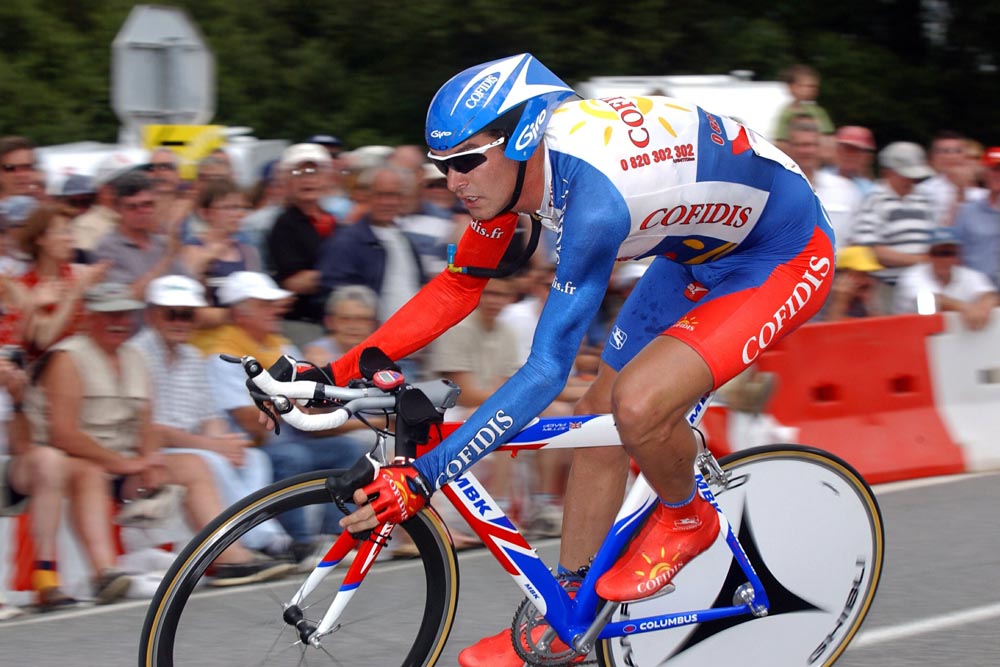David Millar: 'I took powerful, dangerous drug thanks to TUE loophole'
Former British pro David Millar recounts what taking triamcinolone (Kenacort) did to his body and mind, and says he took it due to a TUE for a 'fake tendon issue'


David Millar has revealed that he received injections of controversial drug Kenacort (triamcinolone) during his professional riding career due to a therapeutic use exemption (TUE) certificate for what he describes as a 'fake tendon issue'.
In an article entitled 'How to Get Away with Doping' written by Millar for the New York Times on Sunday, he recounts the effects that the powerful drug had on his body and mind.
The drug is the same one that Bradley Wiggins received to treat allergies, which came to light when hacking group Fancy Bears published Wiggins's TUEs online. TUEs are issued when an athlete is prescribed a substance on the World Anti-Doping Agency's prohibited list for a legitimate medical reason. A TUE is not in itself a sign of wrongdoing.
Millar writes about his first experiences in the pro ranks from 1997, where he says that he rode clean initially but turned to doping in order to achieve more results. He says that he was taking EPO by the 2001 season. He later used Kenacort three times, the first for a legitimate medical reason after suffering from allergies.
>>> David Millar calls for Bradley Wiggins’s TUE medication to be banned
"On one occasion, I received a TUE for a fake tendon issue," said Millar. "A doctor simply wrote a prescription for an ankle injury that required an intra-articular injection [of Kenacort], although the injection was then administered intramuscularly."
Millar continued: "The Kenacort was so powerful that it was ultimately destructive: Apart from being a catabolic agent, it would also suppress your immune system, making you more susceptible to infections.
The latest race content, interviews, features, reviews and expert buying guides, direct to your inbox!
"I didn’t like taking it, but I was so deep into what I was doing at the time that I did what I considered had to be done."

Millar says he took the drug ahead of the Vuelta a España in 2002 and Tour de France in 2003. He writes that it enabled him to lose weight without losing power, and he felt stronger.
"Kenacort was a once-a-year drug; the stress it put on your body required time to recover. You’d be mad to take it more often or in bigger doses, although, sadly, there were enough madmen around at the time in pro cycling who surely did just that.
"The three times I took Kenacort were also the times I was the lightest I’d been in my career, yet I didn’t lose power — often the penalty when a rider sheds weight. Physically, I looked like a machine, muscle fibres were visible and a road map of veins crisscrossed my entire body."
Millar says that the drug 'altered his mental state' and exaggerated his moods and decreased his ability to sleep. Nevertheless, Millar was taking the drug within in the rules.
"I was taking this powerful, potentially dangerous drug as a performance enhancer, yet I was doing so within the rules — thanks to the TUE loophole. My doping, for that is what it was, could not be judged illegal as long as I fulfilled all the criteria demanded by the authorities. I was within the letter of the law, even though I was cheating it. I was in the grey zone."
>>> Bradley Wiggins missed whereabouts test in May, report suggests
After a police raid on his accommodation in Biarritz yielded EPO syringes, Millar admitted to doping and was banned for two years in 2004. When he returned to racing, Millar became a staunch anti-doping advocate and has frequently been outspoken about doping in the peloton. He says that the TUE system needs an overhaul to prevent abuse, and to secure riders' health.
"A TUE should allow access to a performance-enhancing drug only if that drug is required for proven medical reasons. Then a TUE should permit its use — but only out of competition. If any traces of the drug are found by in-competition testing, then that should result in a ban.
"For an athlete’s own well-being, it is better to face the fact of sickness or injury and withdraw from competition. And for the sport’s well-being, it is better to avoid a system open to abuse and exploitation."

Nigel Wynn worked as associate editor on CyclingWeekly.com, he worked almost single-handedly on the Cycling Weekly website in its early days. His passion for cycling, his writing and his creativity, as well as his hard work and dedication, were the original driving force behind the website’s success. Without him, CyclingWeekly.com would certainly not exist on the size and scale that it enjoys today. Nigel sadly passed away, following a brave battle with a cancer-related illness, in 2018. He was a highly valued colleague, and more importantly, an exceptional person to work with - his presence is sorely missed.